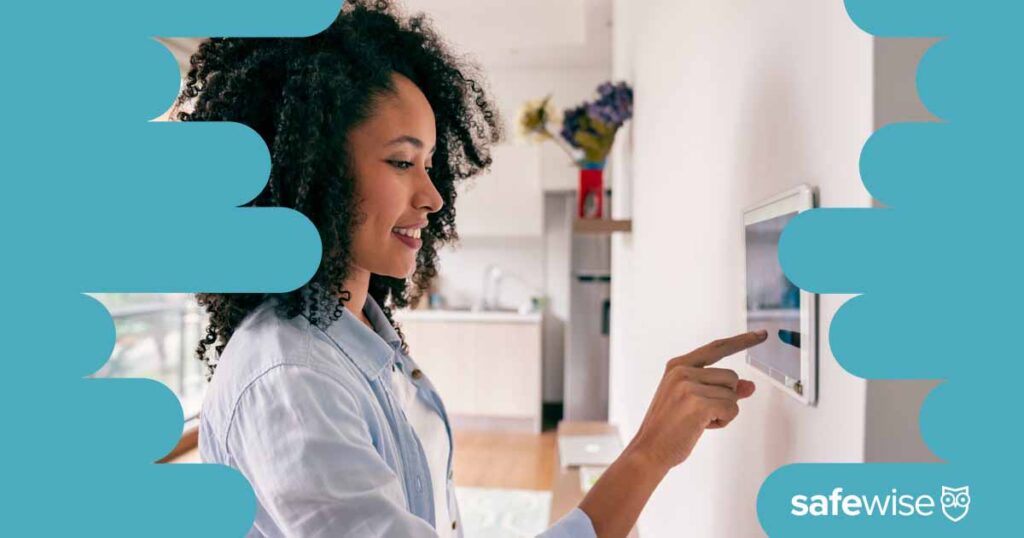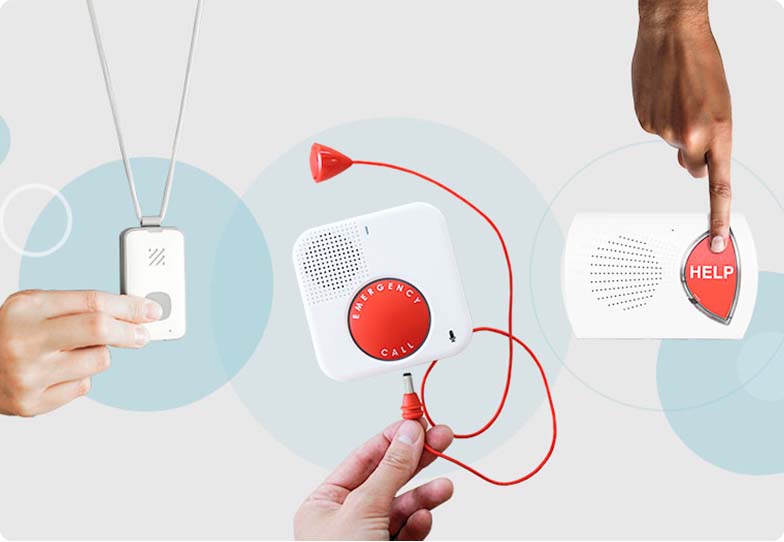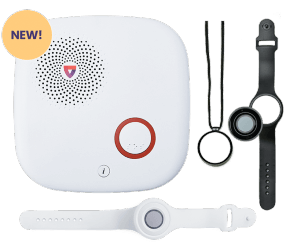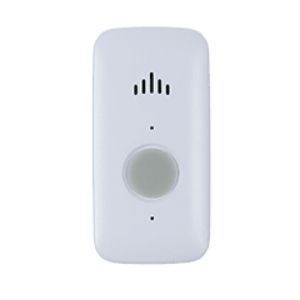Lifeline and Medical Guardian don’t have much in common. We prefer Medical Guardian thanks to its larger selection of medical alert systems and accessories, but people at high-risk for falls might want Lifeline for its superior fall detection technology.
Lifeline vs. Medical Guardian
Info current as of post date. Offers and availability may vary by location and are subject to change.
SafeWise experts have years of firsthand experience testing the products we recommend. Learn how we test and review.
Medical Guardian vs. Lifeline at a glance

Medical Guardian pros and cons
Medical Guardian is best overall
We like how easy it is to customize a medical alert system through Medical Guardian. It has five starter packages and multiple accessories, including a rare voice-activated button that allows you to get help when you aren’t wearing a button.
Compared to Lifeline, Medical Guardian also has more customer-friendly policies and fewer up-front fees.
Read our Medical Guardian review to learn more.
Lifeline pros and cons
Lifeline is best for automatic fall detection
Lifeline uses better fall detection technology than Medical Guardian, so it gets our vote if you’re at high risk of falling or passing out. The AutoAlert device calls the monitoring center for you, so you can get help even if you’re feeling confused after your fall.
Other than that, Lifeline doesn’t have any outstanding products, policies, or prices compared to Medical Guardian.
Read our Lifeline review to learn more.
Lifeline vs. Medical Guardian differences
- Best in-home equipment: Medical Guardian
- Best location tracking: Medical Guardian
- Best price: Medical Guardian
- Best fall detection: Lifeline
Best in-home equipment: Medical Guardian
Lifeline’s product line is limited to a base unit, wearable button, and optional second speaker for larger homes.
The wearable button—available as a pendant or wristband—works within 400 feet of the base unit. That’s one of the shortest ranges in the industry and 1,000 feet shorter than Medical Guardian’s maximum range. While 400 feet is sufficient for many homes, it may not do the trick if you like to spend time in the yard.
In contrast, Medical Guardian sells wall buttons, voice-activated equipment, and jewelry pendants. These accessories are important if you’re not sold on the idea of wearing a help button or there’s a chance you’ll forget to put it on:
- The wall buttons keep help within reach when you aren’t wearing a button.
- The voice-activated buttons allow you to get help if you fall, aren’t wearing a button, and can’t reach a wall button.
- The gorgeous jewelry pendants can give you the confidence to wear the help button more often.
Just take note of the price when adding these accessories to your cart: Medical Guardian charges a monthly fee for each one. It adds up fast. Learn more in our Medical Guardian product guide.
Compare Medical Guardian vs. Lifeline in-home equipment
Info current as of post date. Offers and availability may vary by location and are subject to change.
Best location tracking: Medical Guardian
Lifeline’s On the Go and Medical Guardian’s Mini Guardian combine GPS, Wi-Fi, and 4G LTE data for accurate location tracking. But each company shares your location differently:
- Medical Guardian’s app shows your location to loved ones and caregivers. The monitoring center can also see your location.
- Lifeline’s GPS tracking data isn’t shared with caregivers. Only the monitoring center gets your coordinates.
We think app-based GPS tracking (like Medical Guardian’s) is more user-friendly since it allows loved ones to check on your location at any time.
Best price: Medical Guardian
As long as you don’t go overboard with accessories, you’ll get a better monthly price from Medical Guardian versus Lifeline. Medical Guardian’s equipment costs more, but we think it’s worth paying a little more upfront to save money on your monthly bill.
We don’t like that Lifeline hits customers with extraneous fees like $50 for activation and $20 for self-installation. However, we found Lifeline’s customer service representatives were willing to waive the activation fee to make a sale. Consider ordering your system over the phone and negotiating a better price.
If you’re an AARP member, you can get a 15% discount on a Lifeline system. You might be eligible to get one for free if you have a certain Medicare Advantage plan. Read our Lifeline review for more information. We aren’t aware of any member- or insurance-based discounts for Medical Guardian systems.
Compare Lifeline vs. Medical Guardian prices
Info current as of post date. Offers and availability may vary by location and are subject to change.
Best automatic fall detection: Lifeline
Lifeline’s saving grace is its automatic fall detection technology. If you have a high risk of falling, Lifeline is worth the extra money.
Lifeline’s AutoAlert fall detection pendant is one of the few in the industry with two fall sensors, which reduces false alarms and the likelihood of an undetected fall. Medical Guardian’s devices contain just one automatic fall detection sensor.
That’s not to say that Medical Guardian’s fall detection pendants don’t work. You just might experience more false alarms or undetected falls compared to the Lifeline pendant.
Winner: Medical Guardian beats Lifeline
We think Medical Guardian offers better protection than Lifeline thanks to a more diverse product line. With so many options available, you can outfit your home with equipment that you’re comfortable using. Medical Guardian’s also the better choice for keeping loved ones in the loop, especially in terms of location tracking.
But if you need serious fall detection, consider Lifeline instead.
Still undecided? Read our full Medical Guardian and Lifeline reviews to learn more.
How we decided: Medical Guardian vs. Lifeline

Image: SafeWise.
We compared Medical Guardian and Lifeline’s in-home systems, mobile systems, company policies, and caregiver features to determine which company offered the best value. We talked to customer service representatives when necessary to make sure we accurately compared these two brands across more than 35 criteria.
Learn more on the SafeWise methodology page.
Recent Articles












